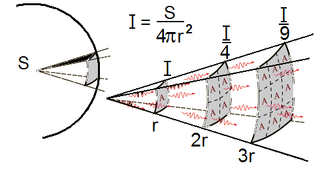- 3,302
- 1,281
Does anyone know where or if there is an offical calc for destroying a galaxy? The page for attack potency only has the joule count.
Follow along with the video below to see how to install our site as a web app on your home screen.
Note: This feature may not be available in some browsers.
Nani?Darkanine said:What Dziga said. The calc itself is actually very simple. It just finds the radius of the Milky Way, then uses that to calculate a sphere, then compare the sphere's dimensions to the suns, and times the GBE of the sun by the dimensions.

Wait not. I'm wrong. They did use the front face of the sun. What they did was divide the area of the galaxy with the area of the sun's face and then times that with the GBE of the sun. This didn't utilize the inverse suqare law equation at all.Iamunanimousinthat said:Just some additon: the reason why I think the original calc was faulty because of it's cross section division becasue it took the entire surface area of the star but realistically, only half the star will receive the damage of the explosion at a time, not its' entire surface area.